some of the adafruit projects this is inspired by and will be based upon:
the original piggrl: https://learn.adafruit.com/pigrrl-raspberry-pi-gameboy
(its ancestor: https://learn.adafruit.com/game-grrl )
the pocket variant: https://learn.adafruit.com/pocket-pigrrl
and its second iteration: https://learn.adafruit.com/pigrrl-2
Design Goals:
- reduce ratsnest of wires, done with a custom pcb
- use good-quality buttons with better "feel" instead of cheaper/harder 6mm tactile switches
- hand-solderable, using 0805 sized smd components and slightly longer pads on the pcb
Features:
- 2.2" 320x240 display (for comparison, the gameboy-micro had a 2"240×160 display)
- 3d printable case, with overall size: 48x103x21mm (gameboy-micro: 50x101x17.2 mm)
- power button, for controlled shutdown of the pi (via a pushbutton - push for on/off, hold to force off)
- audio-out (via pwm, like the raspberry 2)
- 1200mAh LiPo battery connected to an adafruit powerboost 500c
- USB-A socket (reusing the connector that comes with the powerboost pcb, connected to raspberry-zero testpads for USB)
- OS: raspbian running emulation-station (and some support daemons to tie in the hardware)
 JohSchneider
JohSchneider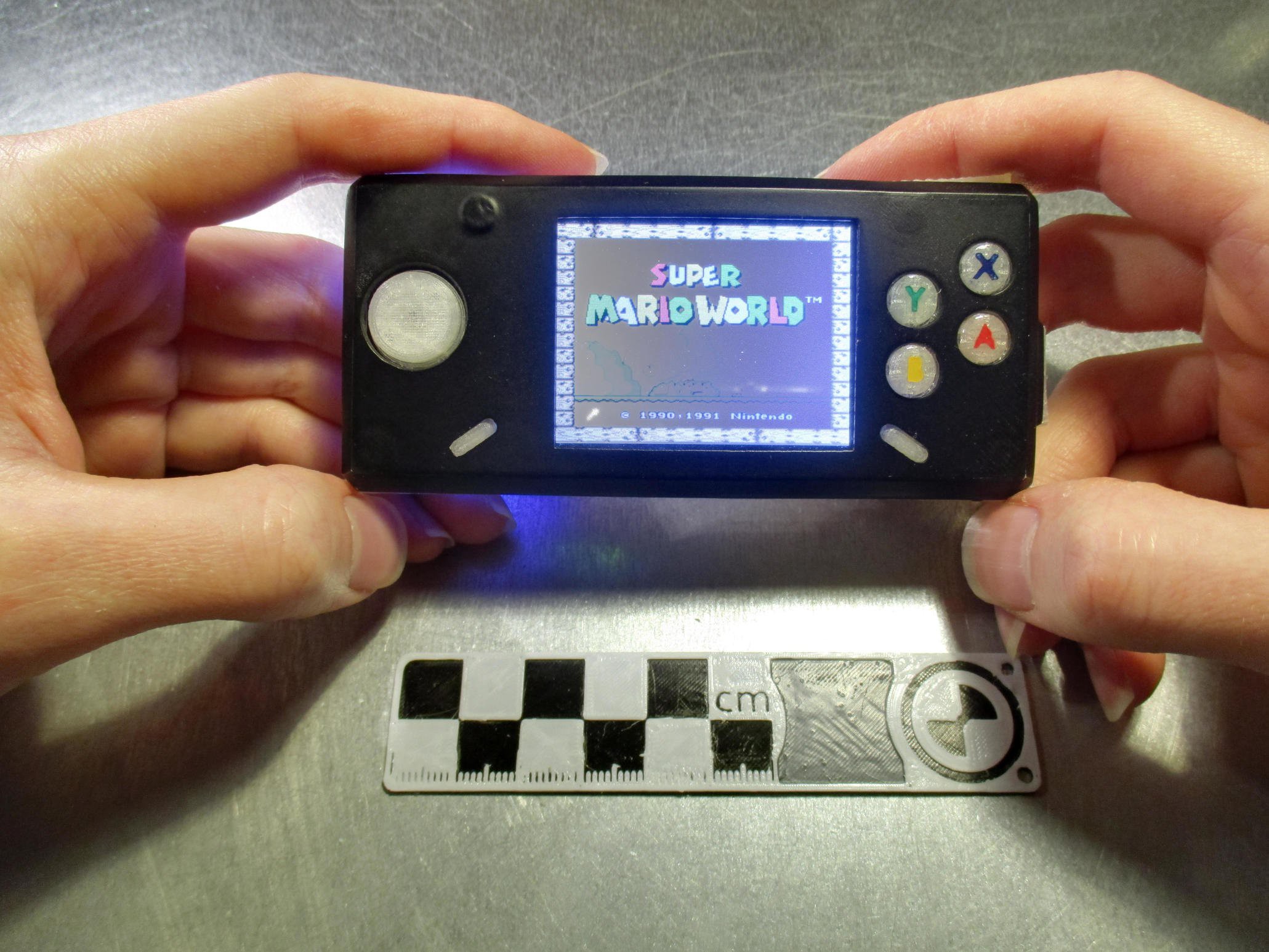
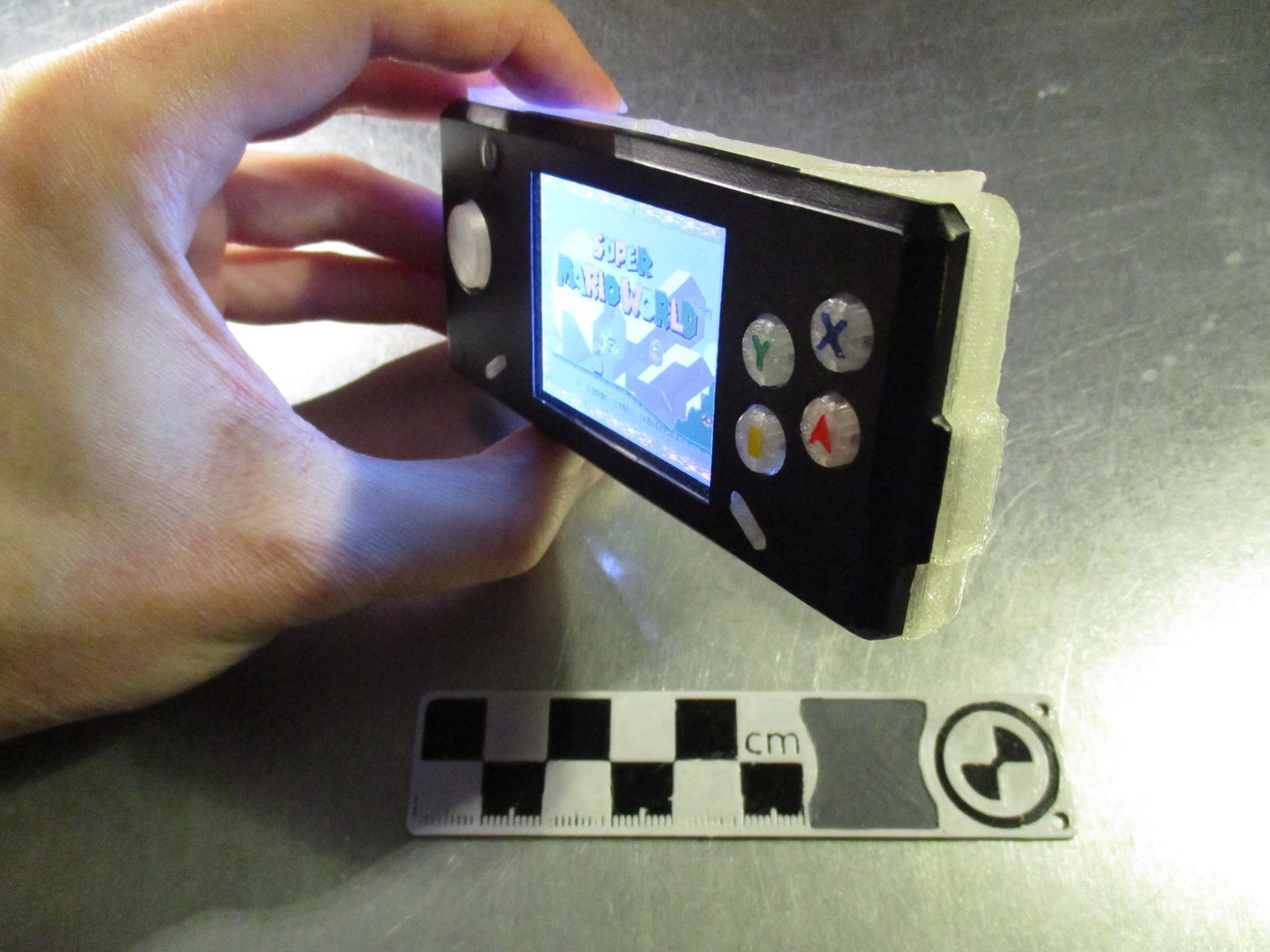
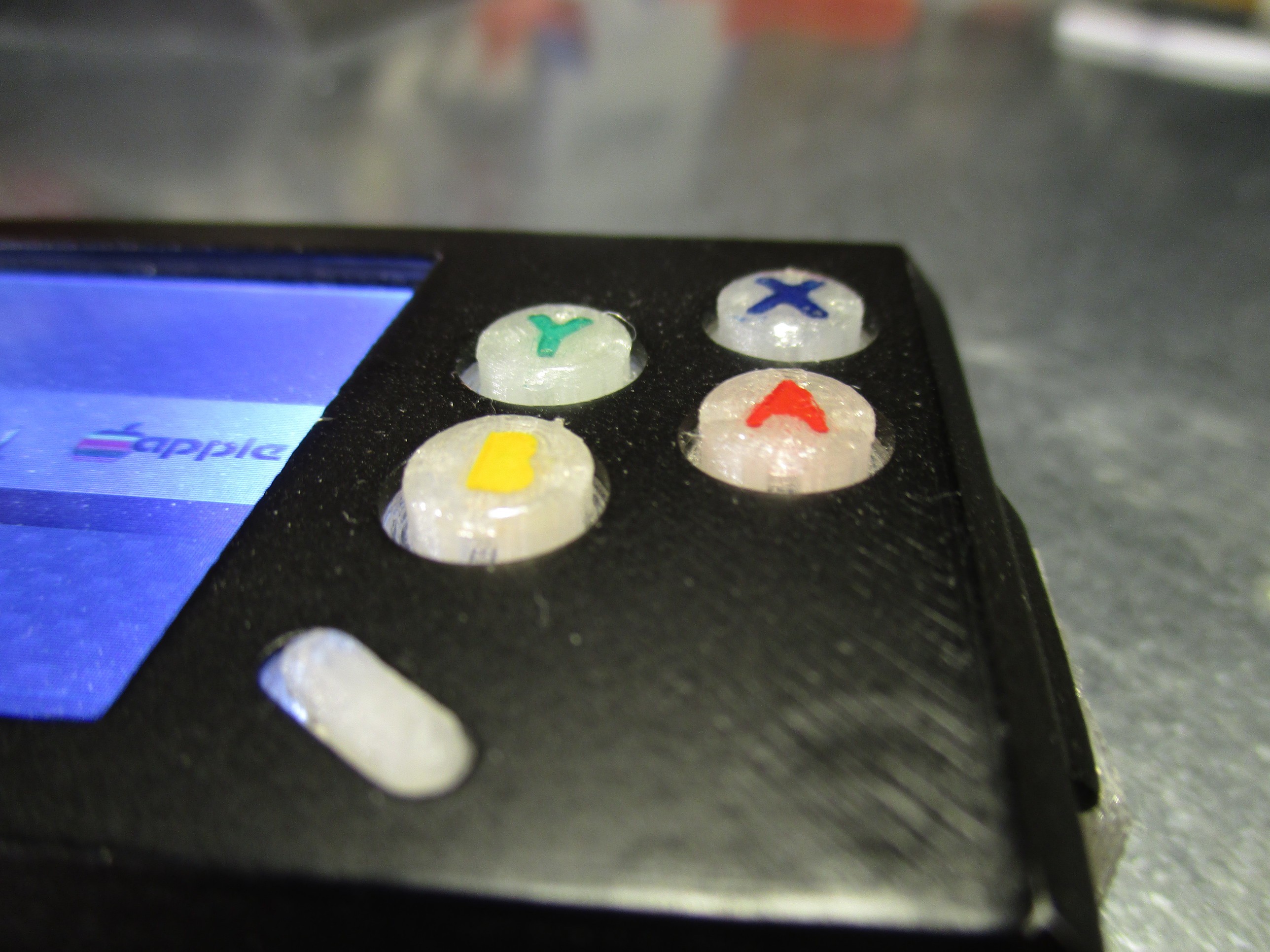
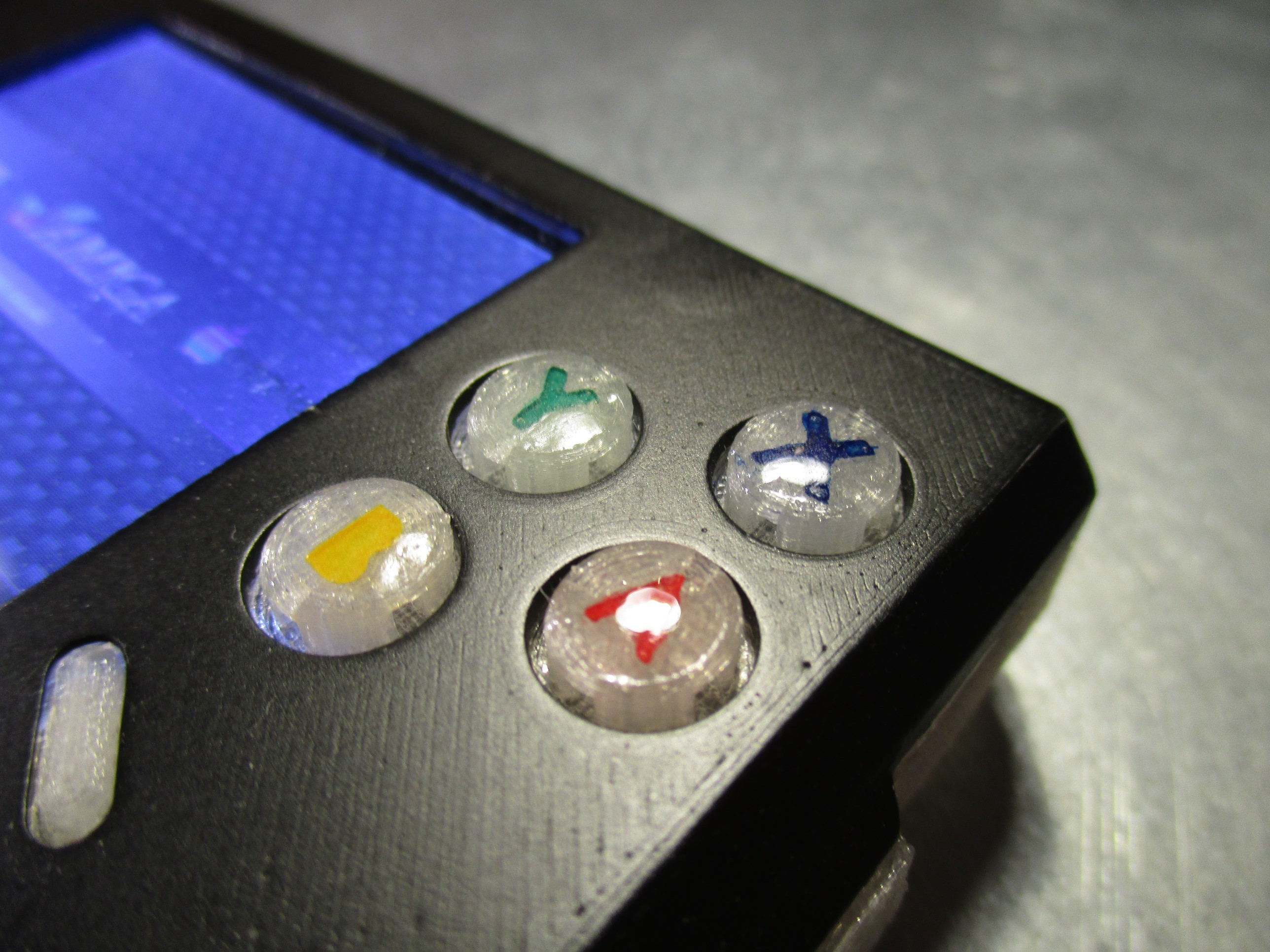 the way i build them was:
the way i build them was: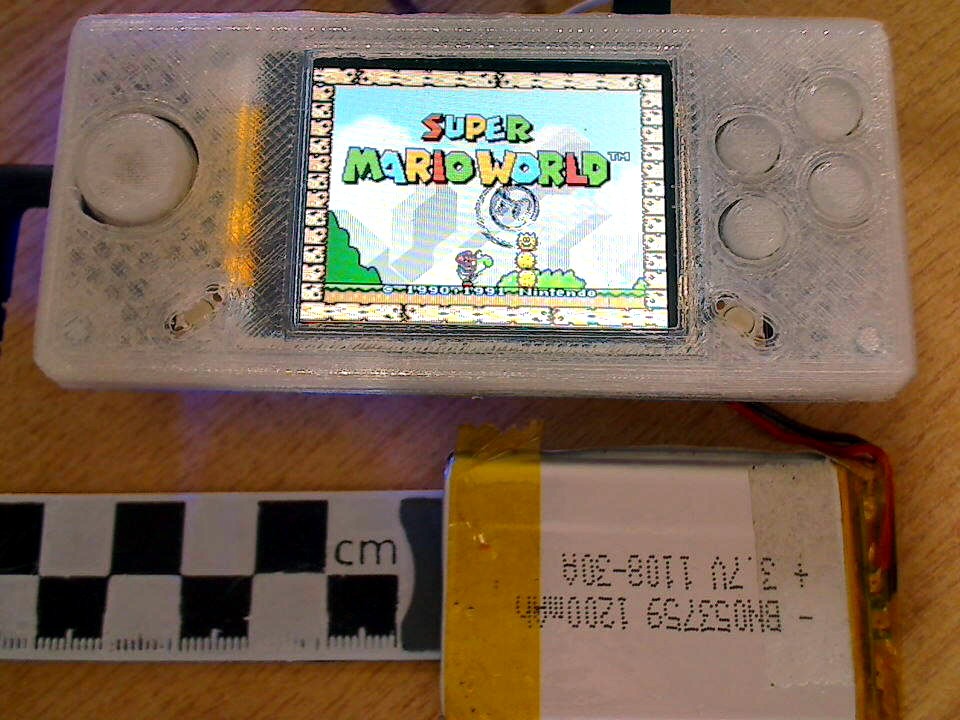
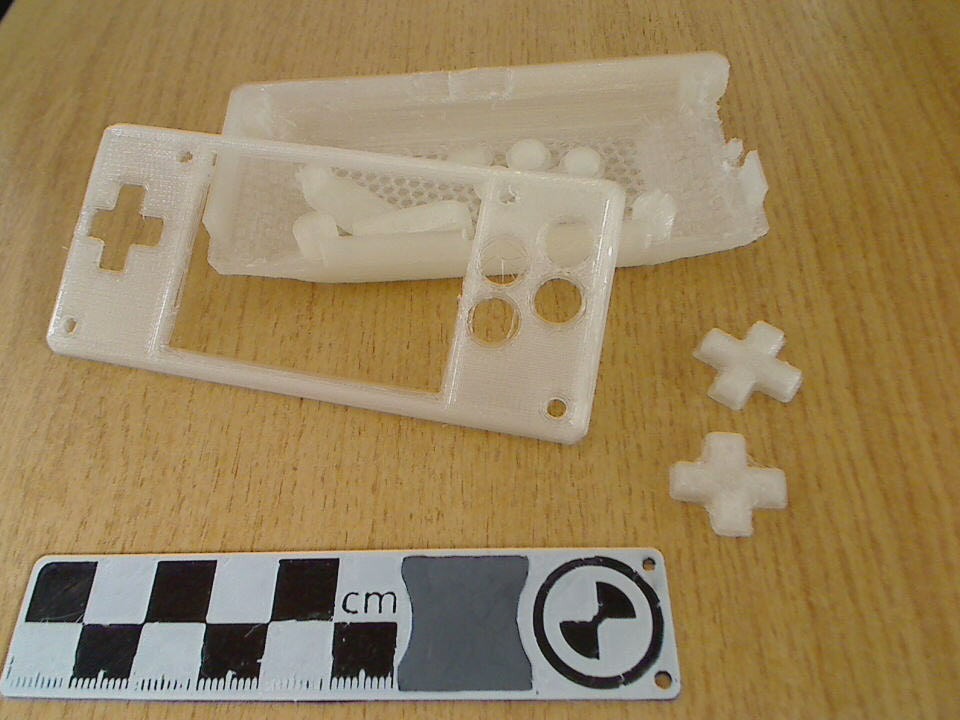
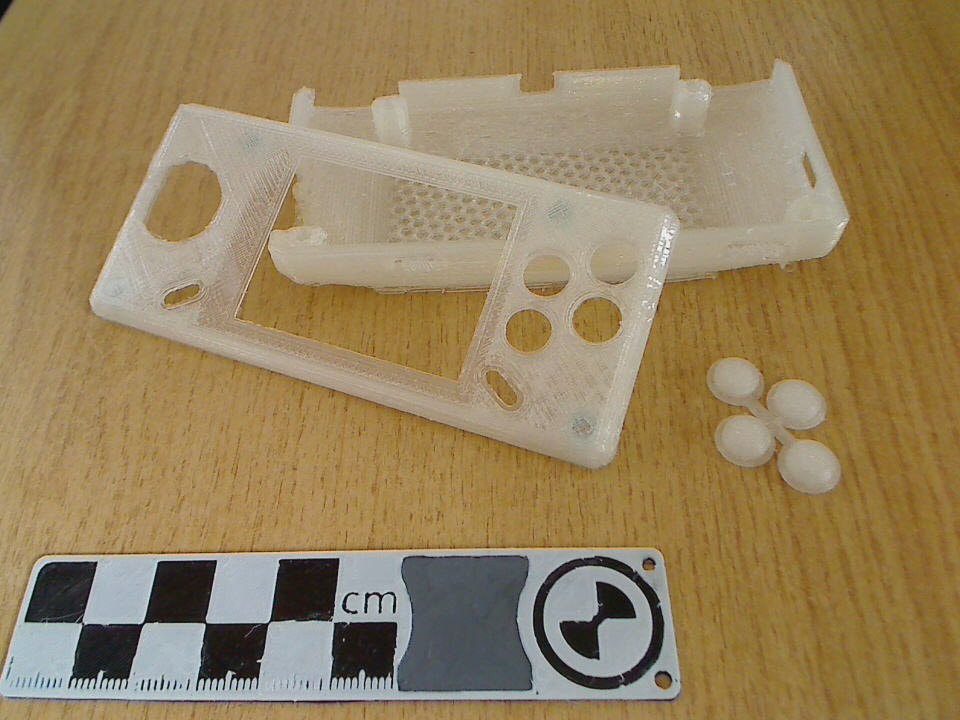
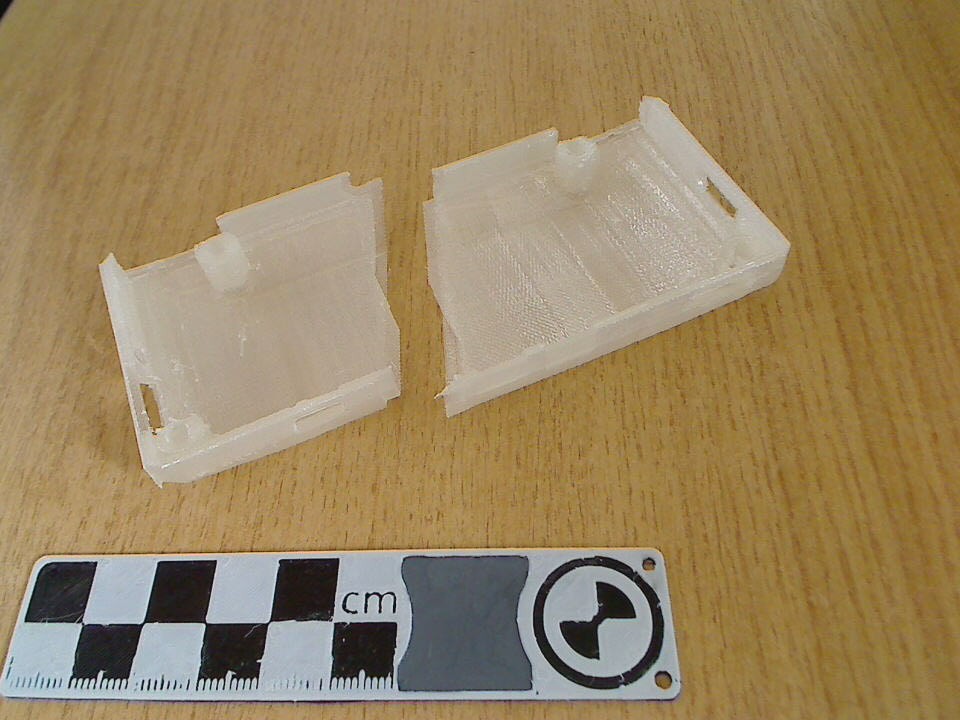 which would be printed standing up:
which would be printed standing up: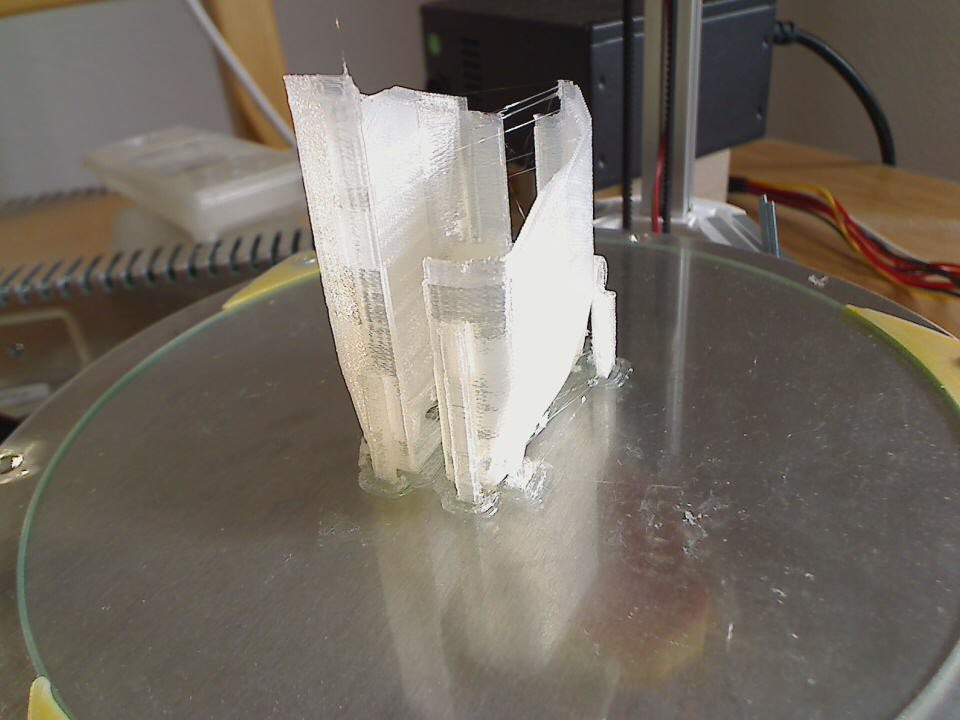
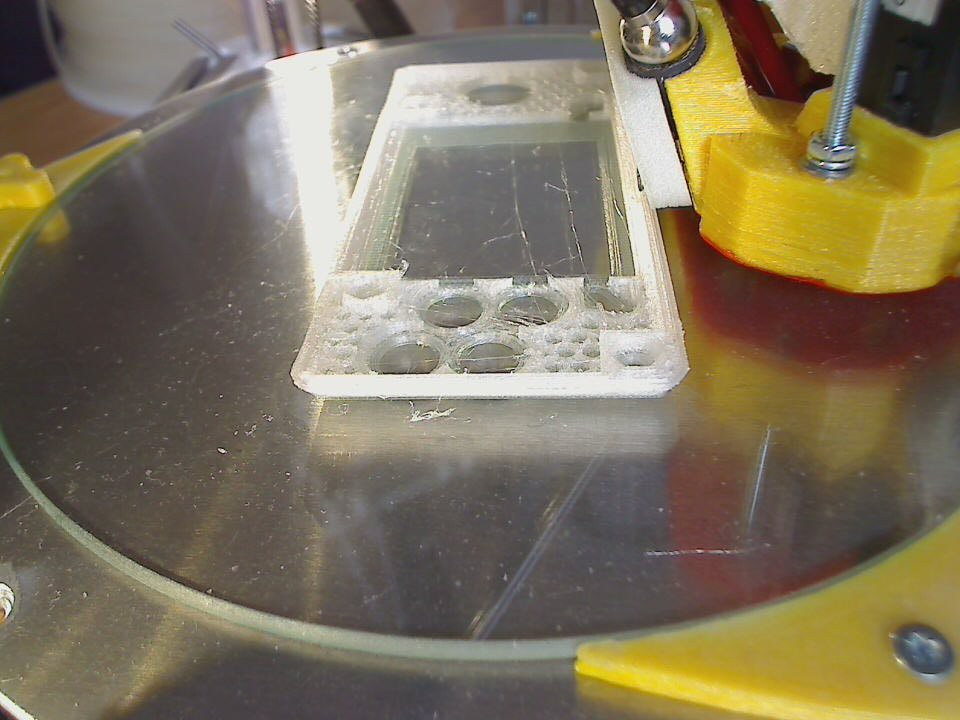
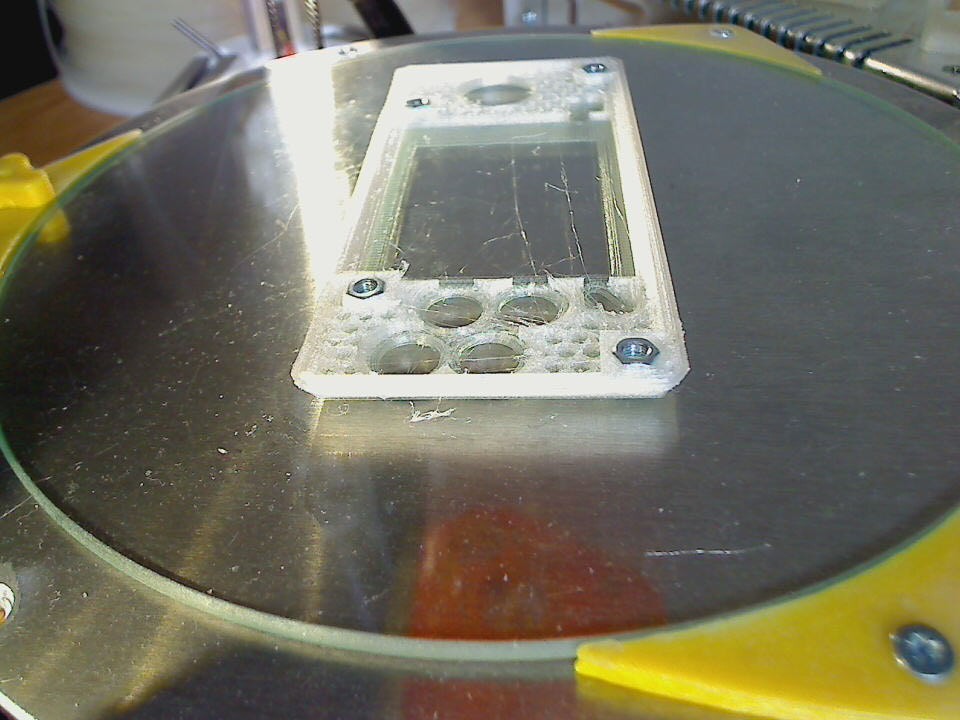
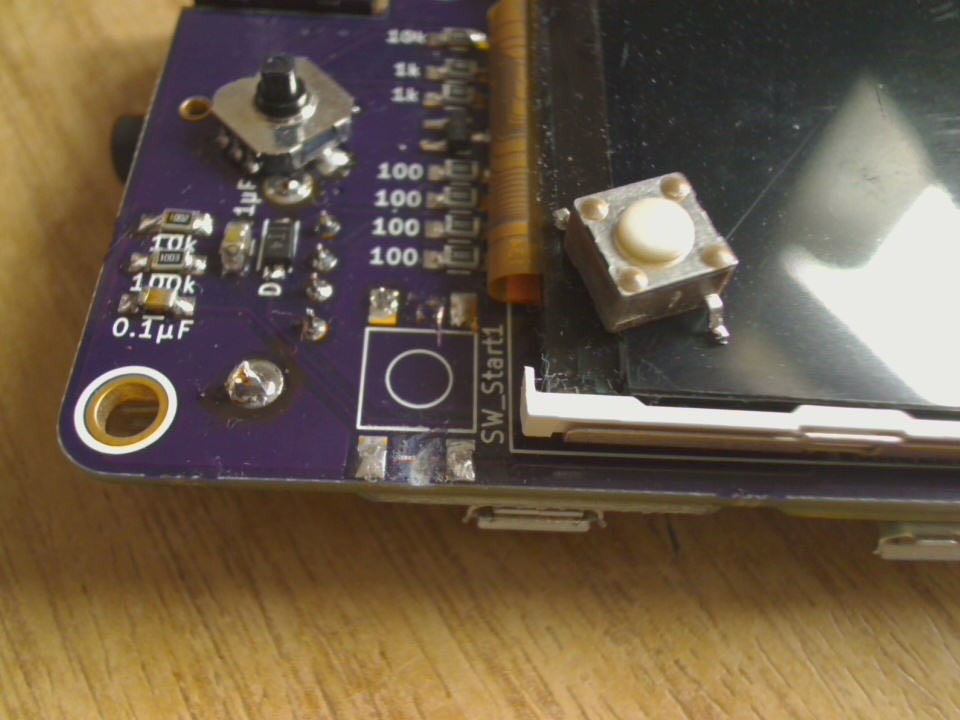
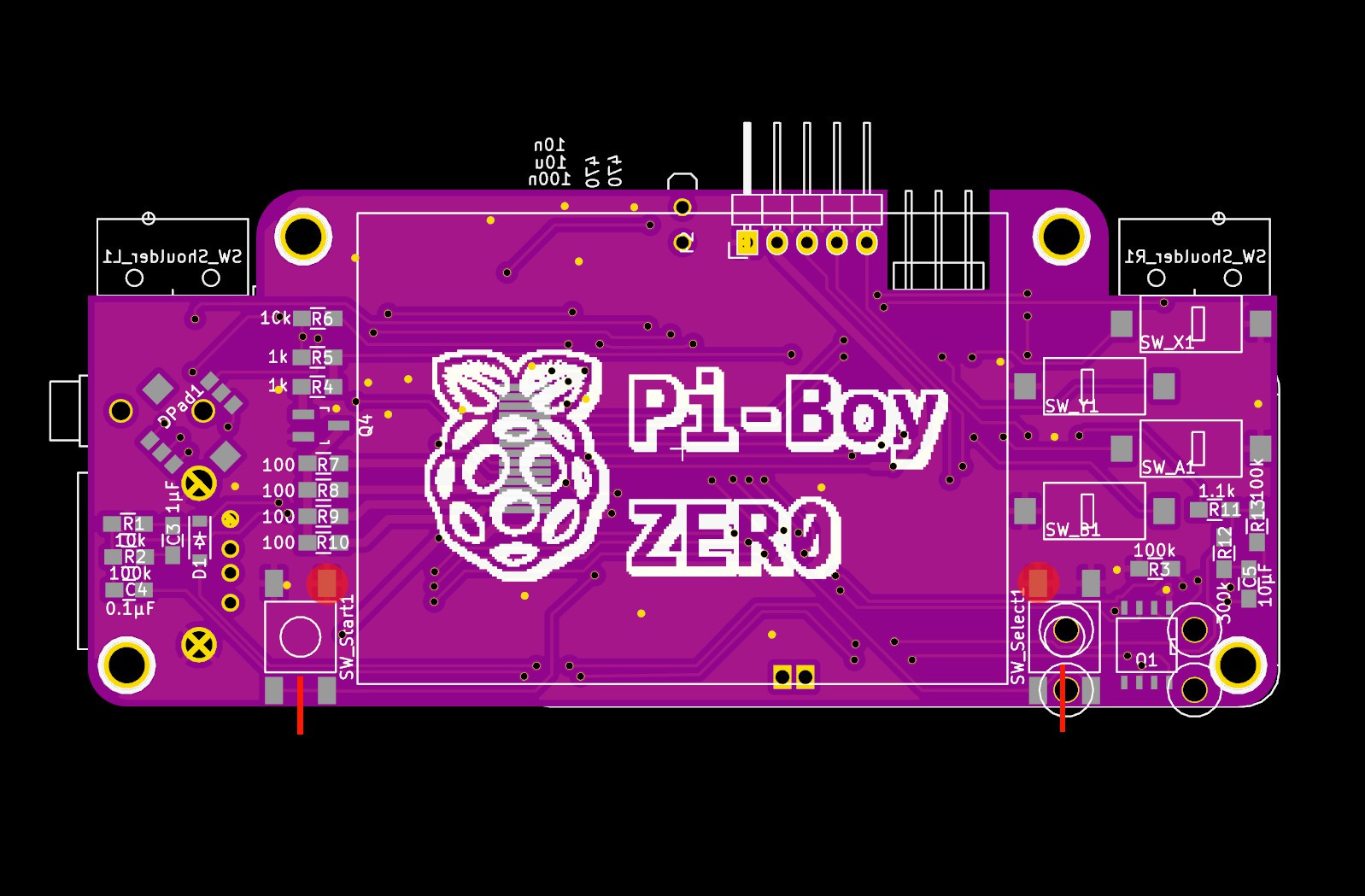

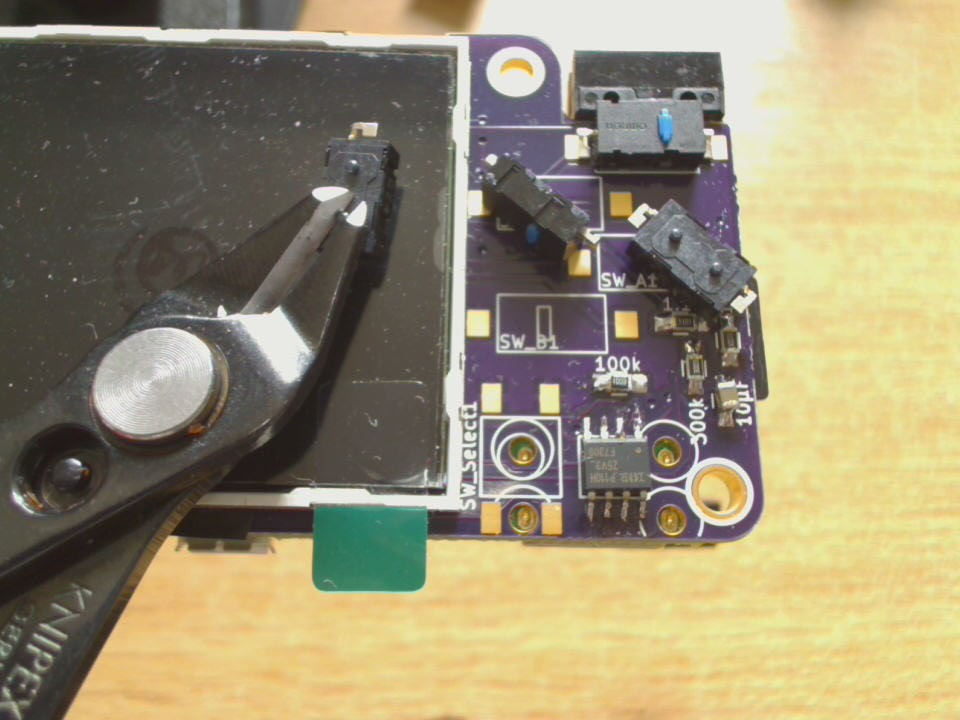
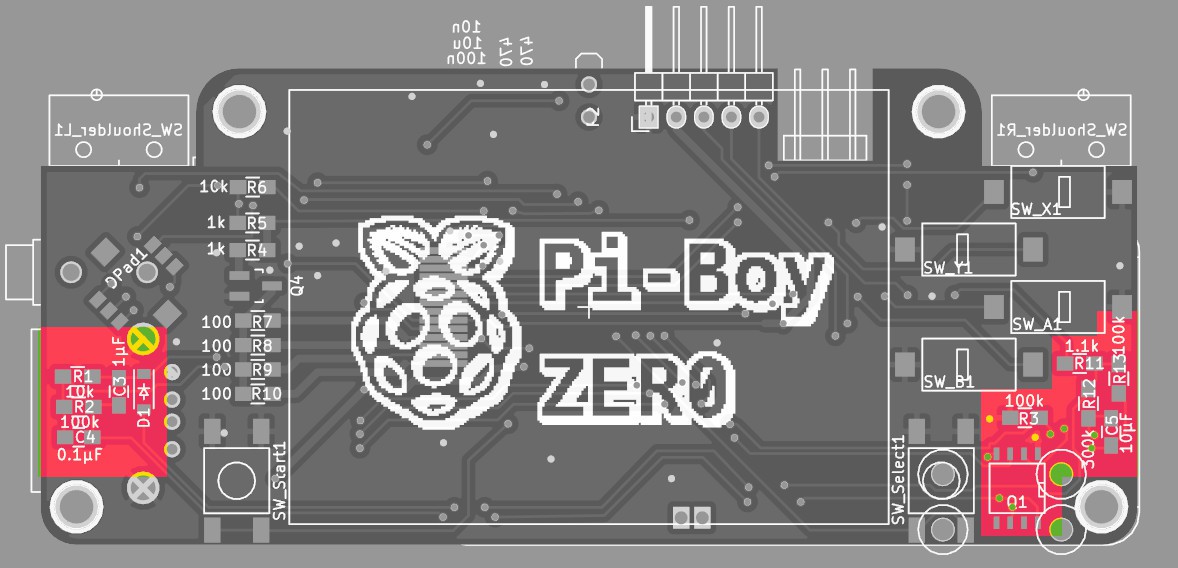
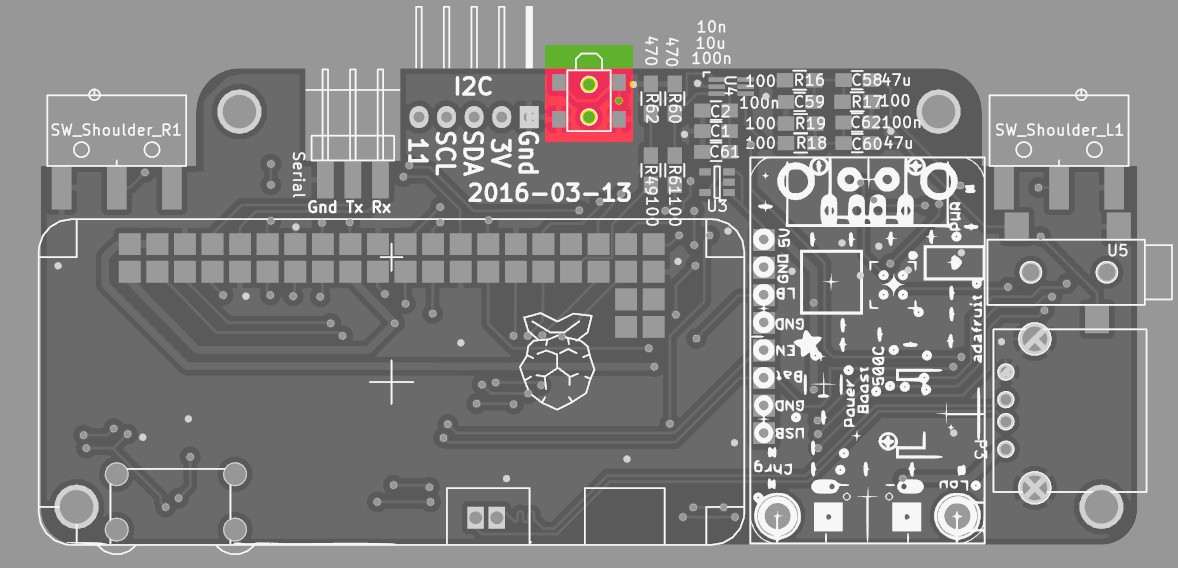
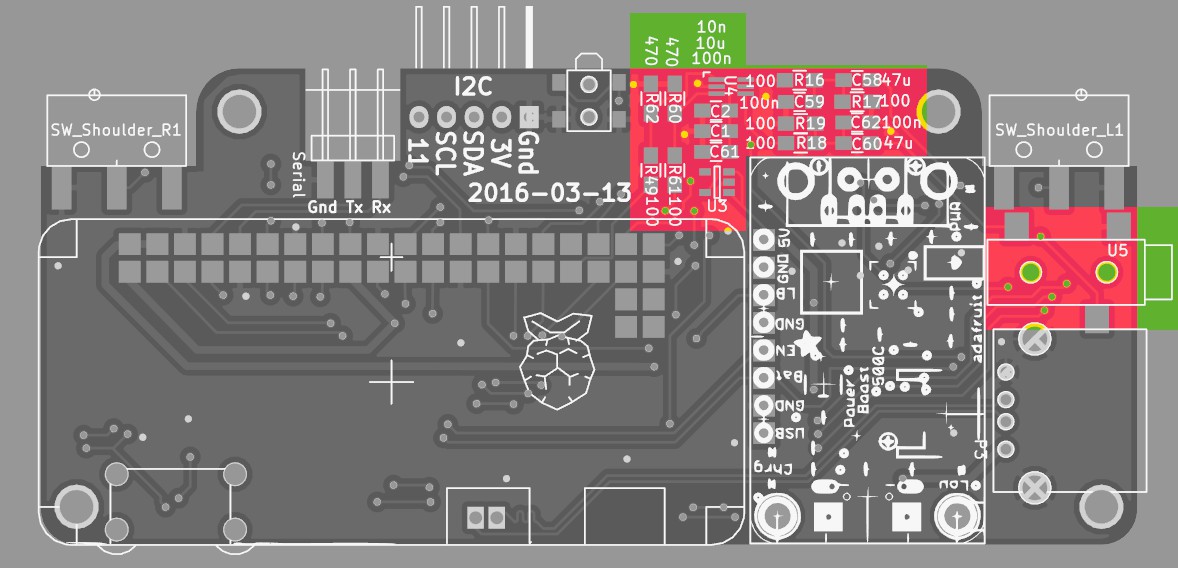
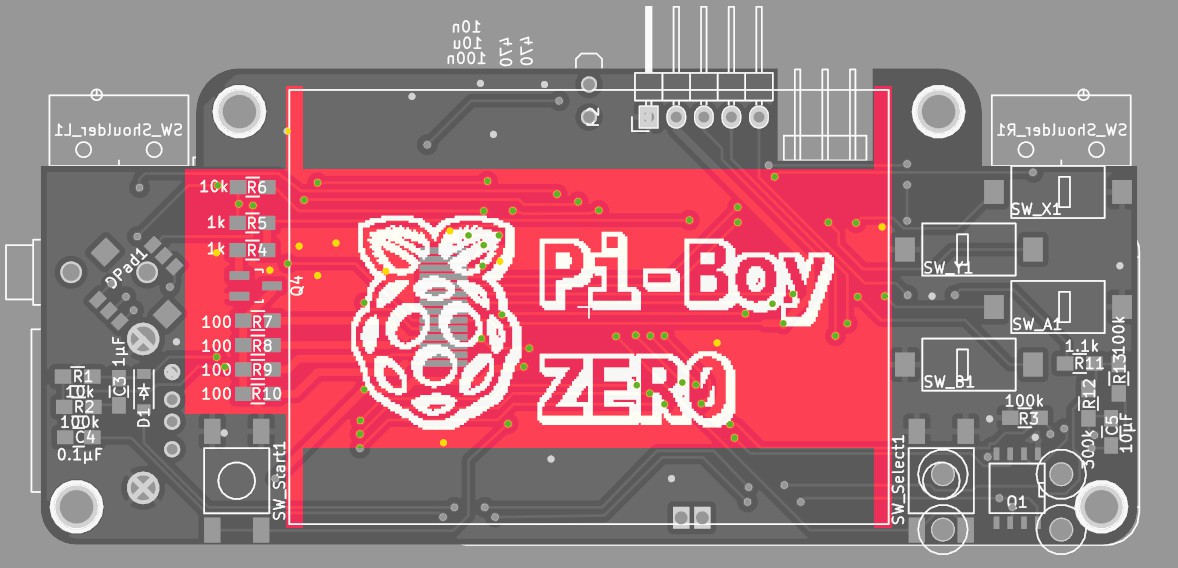

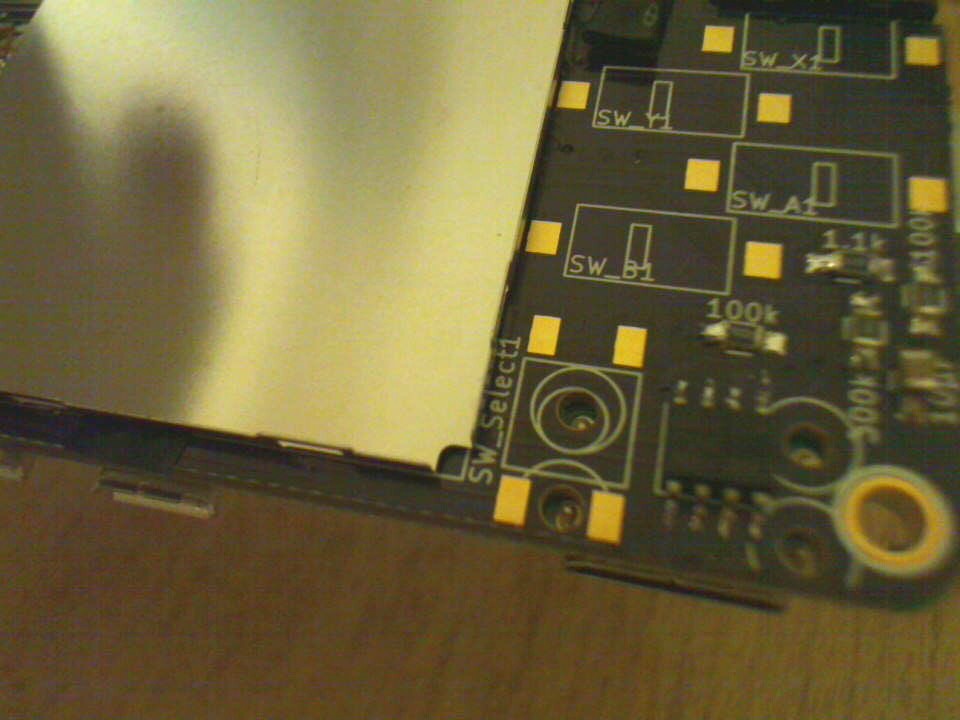
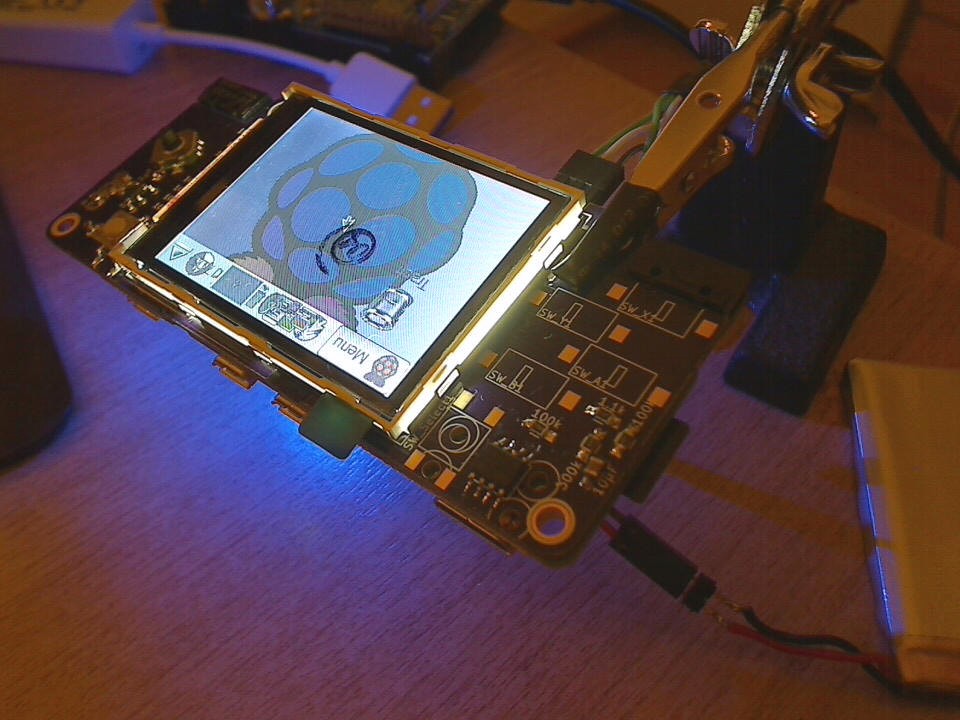 (upside down, but thats easily fixed in the config)
(upside down, but thats easily fixed in the config)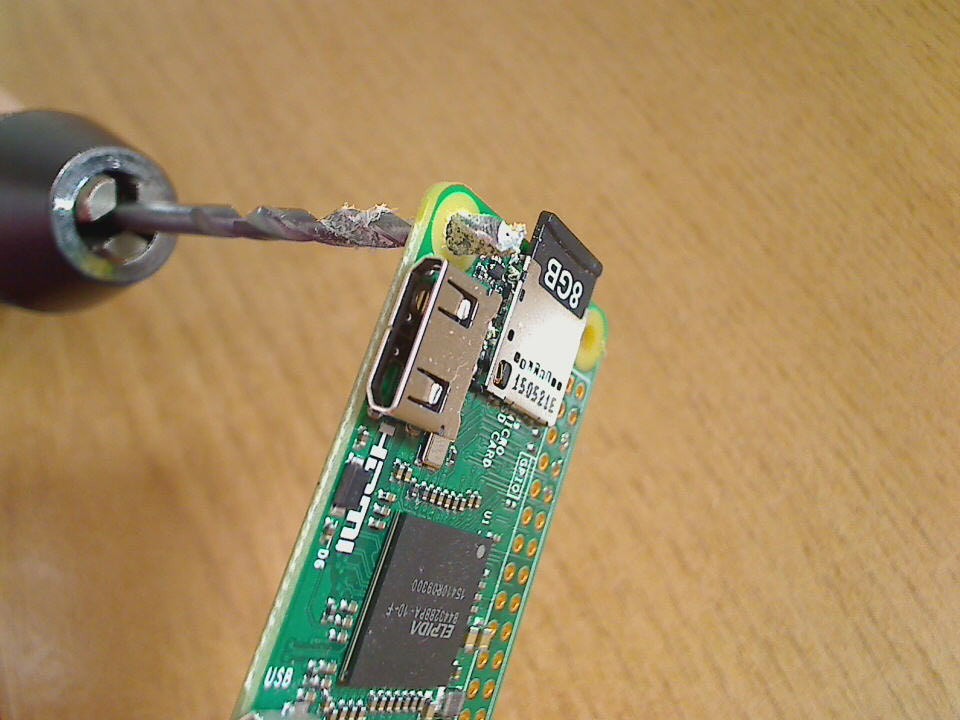


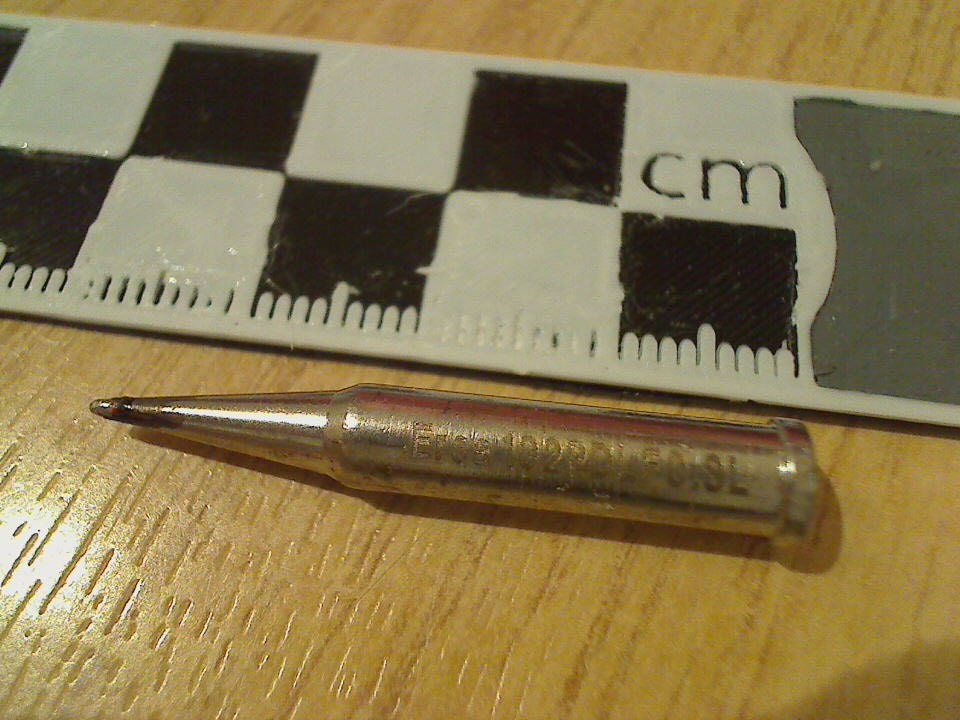
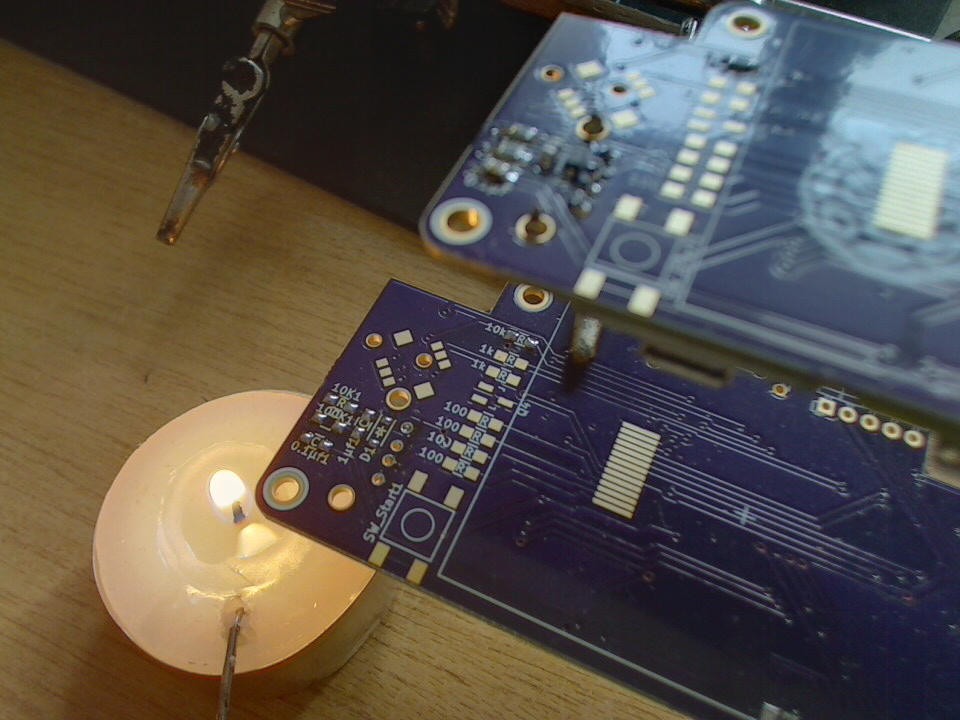
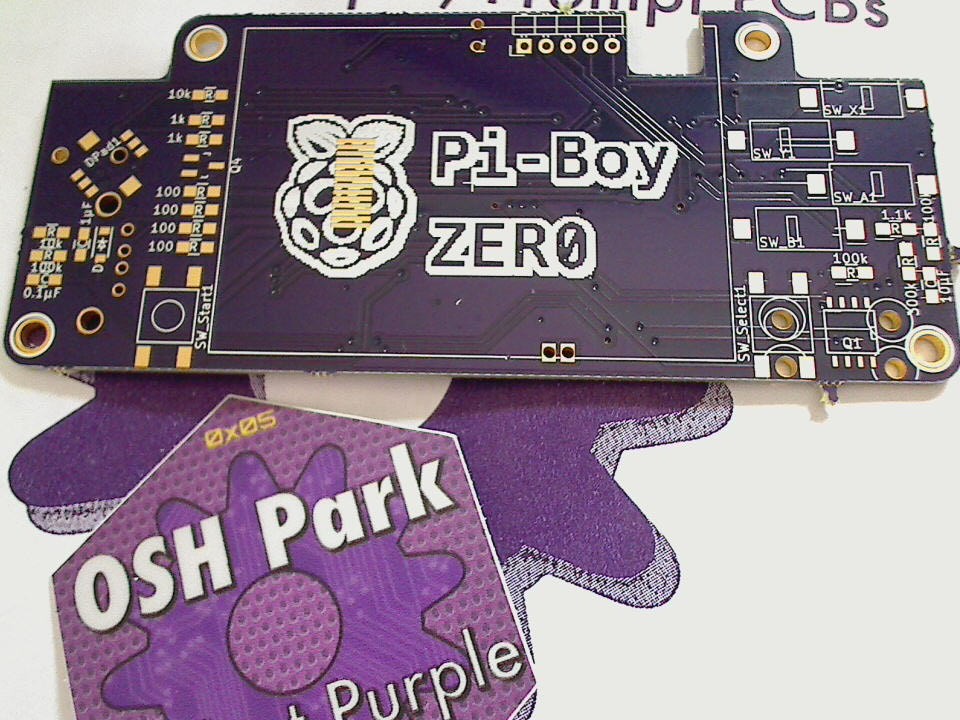







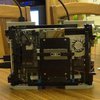



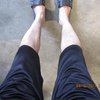



 Thomas Flummer
Thomas Flummer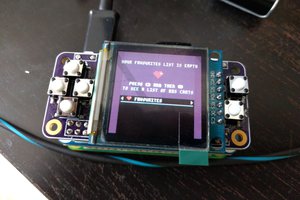
 deʃhipu
deʃhipu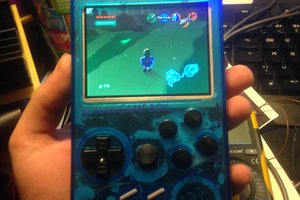
 sotasystems
sotasystems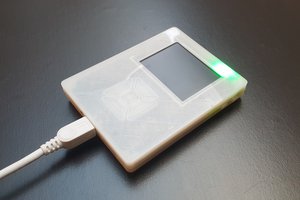
 bram
bram
Hi, found this project and was wondering if it will work with zero 2 because of the missing RCA and reset pins on the pi zero 2.